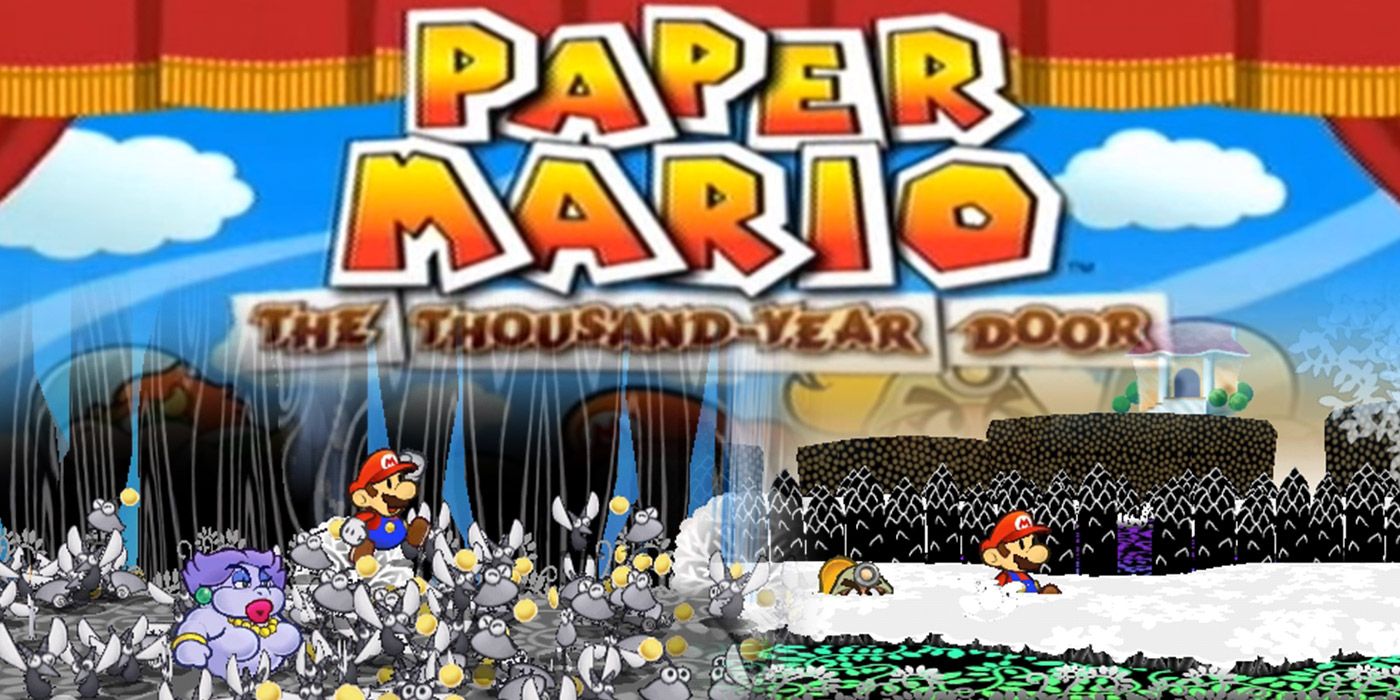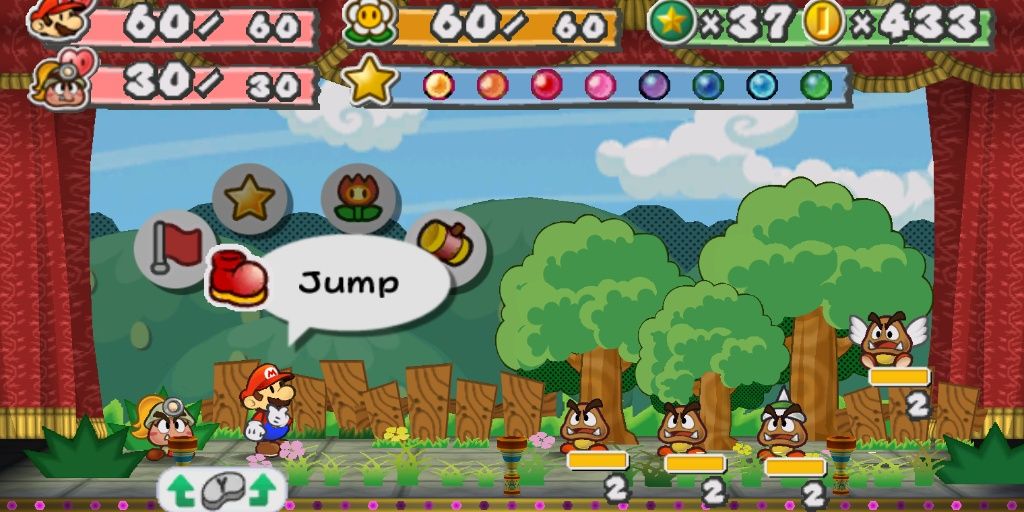Fans of classic Paper Mario have been asking for the series to return to its roots for years. Paper Mario: The Origami King was a fairly successful endeavor, but there are some who feel like the series can’t meaningfully grow without returning to mechanics and design philosophies present in the first two Paper Mario games. Paper Mario and Paper Mario: The Thousand-Year Door are held up on a pedestal by fans, and for good reason; the gameplay and diverse casts are unchallenged by Paper Mario: Sticker Star, Paper Mario: Color Splash, and Paper Mario: The Origami King. The two groups are practically different series sharing a name.
Classic Paper Mario fans have made their discontent for newer entries very clear. Bug Fables: The Everlasting Sapling, and soon Born of Bread, were both made to pick up right where The Thousand-Year Door left off in terms of mechanics and storytelling. While the older games have flaws, especially TTYD’s backtracking and dull side quests, they had many good points that Nintendo seems to be avoiding with modern entries. An early TTYD quest informing players of a deliberate infinite money trick (that was tedious enough that it wouldn't be abused) was just the tip of the iceberg; there are a lot of reasons why fans want Paper Mario to harken back to its glory days.
Toads, Koopas, and Shadow Sirens
The frustrations Paper Mario fans have had with the Toad-dominated cast of Sticker Star and onward are very well known. It’s at the point where The Origami King appears to deliberately reference this with its main villain. However, it’s not just about the visually repetitive and simple personas of Toads, though that is part of it. It has more to do with how the first two Paper Mario titles treated their expanded casts.
Players could learn a ton about the world around them by having their Goomba partners use Tattle on every NPC. Most NPCs in TTYD had names and strongly-written subplots that were updated throughout the game. The Thousand-Year Door also took the time to modify just about every Mario mainstay creature’s appearance so that they look unique. Even giving friendly Goombas hats and enemy Koopa Troopas sunglasses and spiked bracelets gave the world a unique feeling that hasn’t been felt since.
That’s not even going into the rich tapestry of characters that accompany Mario in his first two Paper Mario adventures. Gone are the small helper fairies who were introduced in Super Paper Mario and ended up taking the place of a full party come Sticker Star; these rosters were visually diverse and memorable. Players got to spend time with many of their party members before they joined in TTYD, getting to know their individual stories and personalities.
All of them offered unique gameplay opportunities both in navigating the world at large and in battle. Their imaginative designs still hold up, too. Even the slightly less flashy original Paper Mario still benefited from having redesigned signature Mario enemies as party members. Compare this to Origami King’s Bobby, who is actually just named Bob-Omb, looks like any other Bob-Omb, and is next to useless in the fights he bothers to participate in, and it’s easy to see why the older games are preferred here.
An RPG That Feels Like One
The other major reason fans want to see a successor to the original Paper Mario's is their top-notch RPG gameplay, and the lack of it in recent titles. The first two games are remembered fondly for the amount of choice they give players in customizing their characters and approaching battles. The partner and badge systems combine to enable all sorts of strategies and playstyles, from one focused on generating health and resources, to one that deals obscene amounts of damage with cheap attacks.
Plus, action commands are just fun to use. This level of role-playing in gameplay is absent from the latest Paper Mario trilogy. What equipment is brought into battle can be chosen, but it is often gradually gathered up from stores and the environment, and is quickly used up in fights. Also, the Thing system in Sticker Star and Color Splash often demands specific strategies and items from players, and punishes them if those items aren’t used properly.
It also bears pointing out that the modern Paper Mario trilogy is in the midst of a genre crisis. While Super Paper Mario took a straightforward action RPG approach, the next three titles seemed to retract from RPGs entirely. The only reward for fighting is coins (and Color Splash and Origami King’s respective environmental resources), and health upgrades are found instead of progressed towards. Origami King complicated things further by making the main battle system focused around solving sliding tile puzzles, and fights against Paper Macho enemies in the field happen in real time.
Paper Mario needs to commit to being the best version of a genre it can be, and old-school fans would certainly prefer it if that genre was a turn-based RPG.


